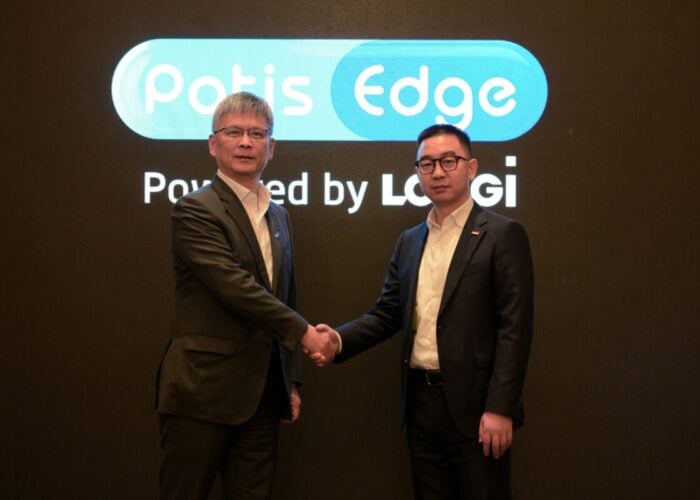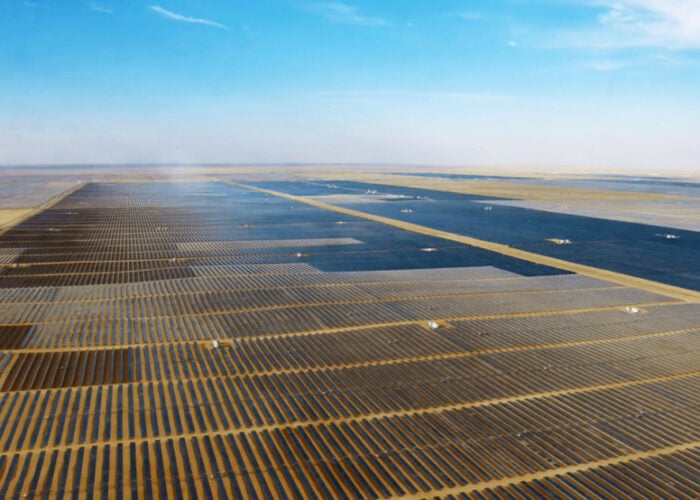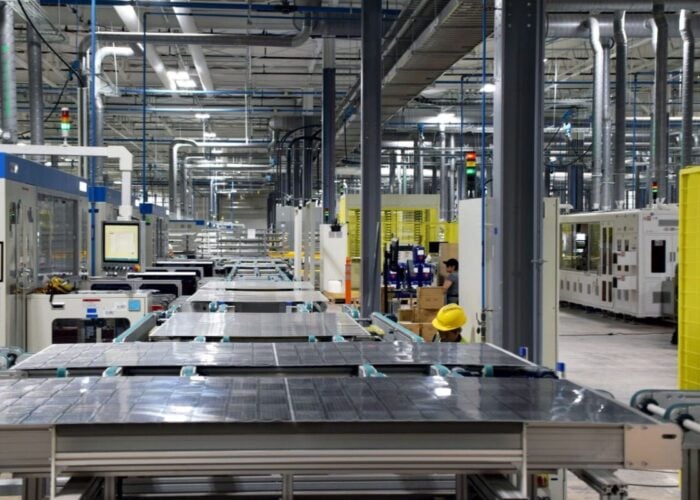
Solar manufacturer LONGi revised the price of its M10 and M6 p-type wafers before the end of 2022 with a sharp decline.
Prices for both the 182mm (M10) and 166mm (M6) wafer prices have reached RMB5.4 (US$0.78) and RMB4.54, respectively, a 27% drop from previous prices in both cases.
Try Premium for just $1
- Full premium access for the first month at only $1
- Converts to an annual rate after 30 days unless cancelled
- Cancel anytime during the trial period
Premium Benefits
- Expert industry analysis and interviews
- Digital access to PV Tech Power journal
- Exclusive event discounts
Or get the full Premium subscription right away
Or continue reading this article for free
The continued decline of wafer prices comes after shrinking demand for wafers, with manufacturers cutting production, according to market research firm InfoLink. It said 210mm wafers prices dropped to RMB6.7.
LONGi had previously revised its wafer prices in late November when it lowered its prices for the first time in almost a year, as shown in the chart below.
As wafer prices ended 2022 with an increased decline, there is so far no sign of it stopping, and with the Lunar New Year on the horizon and a resurgence of Covid-19 cases across China, the situation remains complex for manufacturers to decide on their production plans, added InfoLink.
The firm said declining wafer prices have also caused n-type cells and modules to fall, with some TOPCon cell makers selling p-type and n-type cells at a similar price.
According to InfoLink, demand for cells dropped dramatically at the end of 2022 as module manufacturers met their procurement targets for the year.
Moreover, as polysilicon supply increases, demand for it is shrinking in the upstream sector with several manufacturers starting to pile up their inventory.
Cell price declines are even sharper than wafer ones, with RMB0.93-0.95/W (US$0.134-0.137/W) for M6 cells, RMB0.94-0.98/W for M10 cells and RMB0.95-0.98/W for G12 cells as of last week, according to InfoLink.
With falling prices of upstream materials and wafers, module pricing for Q1 2023 in China and for overseas has declined too. According to InfoLink, module prices currently sit at RMB 1.7-1.88/W, with manufacturers expecting a continued price drop for January and February.






